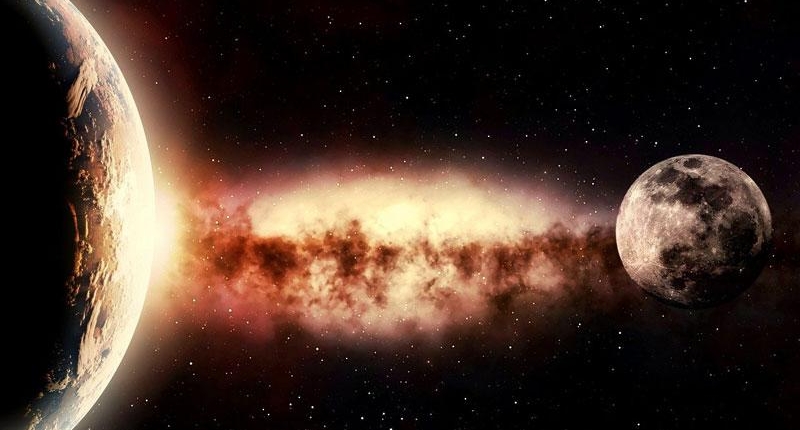Scientists have proposed basic techniques for discovering exoplanets from dark matter, which could potentially explain phenomena that have yet to be understood by traditional physics. By using these techniques, they hope to uncover even more conditions for the search for aliens from dark matter. The basic algorithms for finding dark matter planets were created by a group of scientists from the University of Wisconsin-Madison, and macroscopic dark matter with the same mass and radius as a planet could behave like a dark exoplanet. The modern method of detecting exoplanets makes it possible to determine their key properties such as radius, mass, and density, and in some cases, even the composition of their atmosphere. An exoplanet with a density higher than that of iron or closer to zero would exist because it would merely give a new physics point from the dark matter. The article with this information can be found on the arXiv preprint server.
Searching for Planets from Dark Matter
Despite being a fundamental part of our universe, dark matter has yet to be discovered in the form of tangible matter particles. However, scientists have proposed a technique for finding a planet from dark matter by looking for a pliable planet.
The physics of the behavior of dark matter is generally understood, and on Earth, a planet with a matter of magnitude can be easily compared to an ordinary planet. The basic algorithms for finding dark matter planets were created by a group of scientists from the University of Wisconsin-Madison.
The behavior of the pair of star and an ordinary exoplanet will be strikingly different from that of a star and a dark matter exoplanet, creating differences in all cases, which will make it possible to find exoplanets. Most often, two situations occur: a ball passes over the disk of the ball or a short-term and periodic rise of the star’s brightness, or the star’s motion shifts radial velocity, reflecting the circular motion of a ballord around the central mass of the ballard.
This theory can be used not only in the form of particles but also in the form of clumps. Clumps formed by macroscopic structures might have a planetary mass. Scientists claim that macroscopic dark matter that has the same mass and radius as a planet will behave like a dark exoplanet, even though it is not limited to a planet’s system, in which the object’s physics was essentially completely different.
The modern method of detecting a blazing opacet makes it possible to determine their key properties: radius, mass, and density. In some cases, we can even determine the composition of an exoplanet’s atmosphere. All this is easily understood and perfectly fits in the developed models from the birth of planets and planets to their death. If the calculations show something like this, an exoplanet with a density higher than that of iron or, conversely, with a density closer to zero will exist essentially because it will merely give a new physics point from the dark matter.
Scientists Propose Basic Techniques for Discovering Exoplanets from Dark Matter
While many scientists have obtained evidence for exoplanets, researchers have yet to find discoveries that go beyond traditional physics. However, scientists have proposed a framework that could potentially explain such phenomena. By using basic techniques, they hope to uncover even more conditions for the search for aliens from dark matter. This article can be found on the arXiv preprint server. Additionally, if you notice any errors, simply press the button with your mouse and then press CTRL + ENTER.
Don’t miss interesting posts on Famousbio
